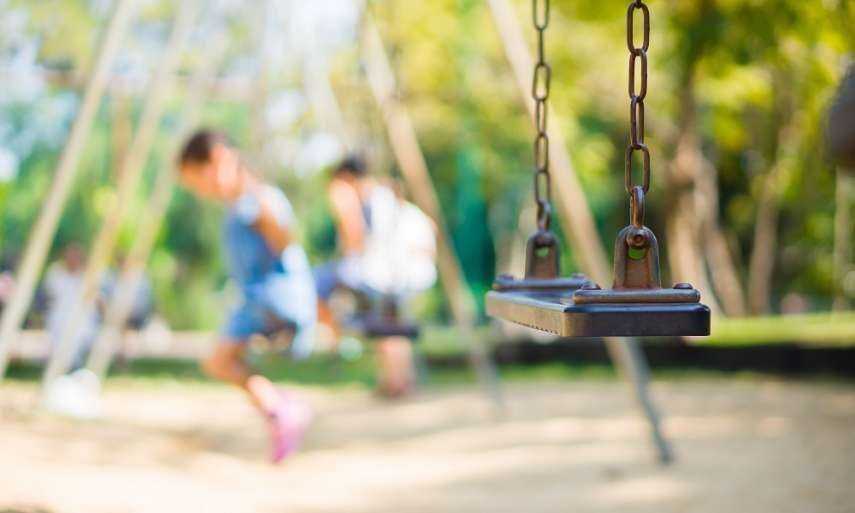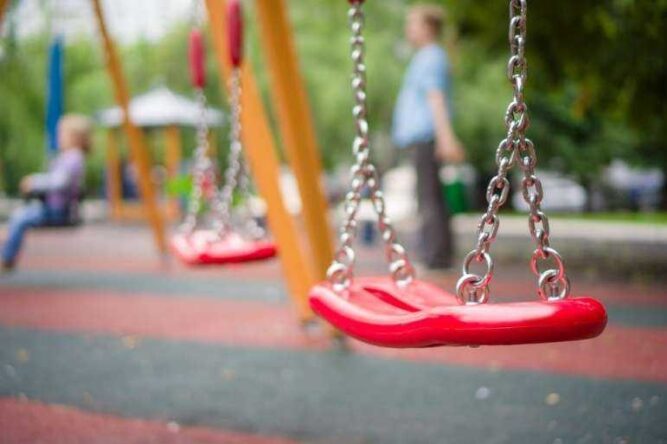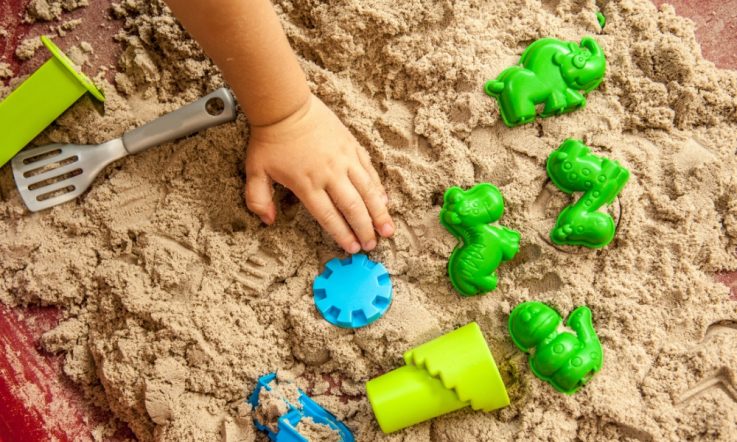This is an edited version of an article that was originally published in the May 2010 print edition of Teacher.
Every sport or physical activity carries with it a foreseeable risk of injury, so what should schools do to address that risk. Steve Holden reports.
Generally, courts have found that the mere fact that a serious injury may occur to a student who is playing on play equipment or playing sport at school does not automatically result in a finding that the school has breached its duty of care. A school may be found to have breached its duty of care, though, if it fails to have in place a system to inspect and maintain playground equipment and playing surfaces.
Case law decisions by judges generally suggest that schools ought to manage the risks inherent in play and sport, rather than curbing or preventing play and sport altogether.
The reasoning by Judge David Ipp, in the 2001 case, Trustees for the Roman Catholic Church for the Archdiocese of Sydney v Kondrajian, was that play and sport remain important in the development of a child, despite that they carry with them a foreseeable risk of injury.
‘Every sport or physical activity carries with it a foreseeable risk of injury,’ Judge Ipp observed, ‘yet our society accepts that it is desirable for children to acquire skills in sport and physical activities. Games and activities such as gymnastics, rugby, soccer, cricket and hockey are ordinarily part of school curricula. This is so despite the fact that it is foreseeable that participation in these games, even when carefully organised and supervised, can lead to serious injury and, in extraordinary cases, even death.
‘It is hardly necessary to spell out the benefits of participating in sporting activities. Children thereby acquire physical fitness, develop physical coordination and participate in team games. These are all deep-rooted aspects of community life in this country and it is important for children to be taught the skills to be able to participate in them.
‘There are undoubted dangers inherent in minkey. These dangers stem largely from the fact that each player plays the game with a hockey stick, a piece of equipment that is capable of causing serious injury, but... minkey is part of the curriculum in many primary schools and this is testimony to its acceptance by the community as being beneficial for young children.’
The case of Bujnowicz v Trustees Roman Catholic Church indicates that schools need to have in place a system for the regular and close inspection of the condition of the equipment and playing surfaces. Bujnowicz addressed an injury to a 14-year-old Year 9 student at Good Samaritan Catholic College in Hoxton Park in Sydney’s outer west, who twisted and injured his knee during a lunchtime game of touch football match with about 20 other students. The playing field, which was prone to flooding, had been affected by heavy rains before the injury occurred.
Judge Christopher Geraghty in the District Court of New South Wales found for the school, since there had been no prior injuries on the playing area, it had been inspected on a regular basis and school staff had no reason to suspect that the playing surface was unsafe. The case went to appeal, Judge Murray Herbert Tobias reversed that decision, essentially because the noted that the school’s inspection of the playing fields ‘was extremely ad hoc’ and ‘very much a hit and miss system.’
‘The question,’ Judge Tobias noted, ‘is whether the (school) failed to take such reasonable precautions for the safety of those playing the game as would have prevented the harm that in fact befell the (student) in the present case. In other words, in all the circumstances was it reasonable for the (school) to take the precaution of instituting a system of regular inspections of the surface of the playing area, square metre by square metre, in order to identify any unexpected potholes or indentations in that surface which, if not remedied, might result in a student who was focused on the game he was playing inadvertently stepping into that hole or indentation and thereby twisting an ankle or knee?’
Generally speaking, the decisions of the courts suggest that the ‘reasonable precautions’ schools ought to take when it comes to inspecting and maintaining playground equipment and playing surfaces are pretty high, but not so high that students should be prevented from playing games or sport.
Cases
Bujnowicz v Trustees of the Roman Catholic. Church of the Archdiocese of Sydney [2005] NSWCA 457
The Trustees for the Roman Catholic Church for the Archdiocese of Sydney v Kondrajian [2001] NSWCA 308
This is an edited version of an article that was originally published in the May 2010 print edition of Teacher. Author details have remained unchanged and may not be accurate at this point in time.



